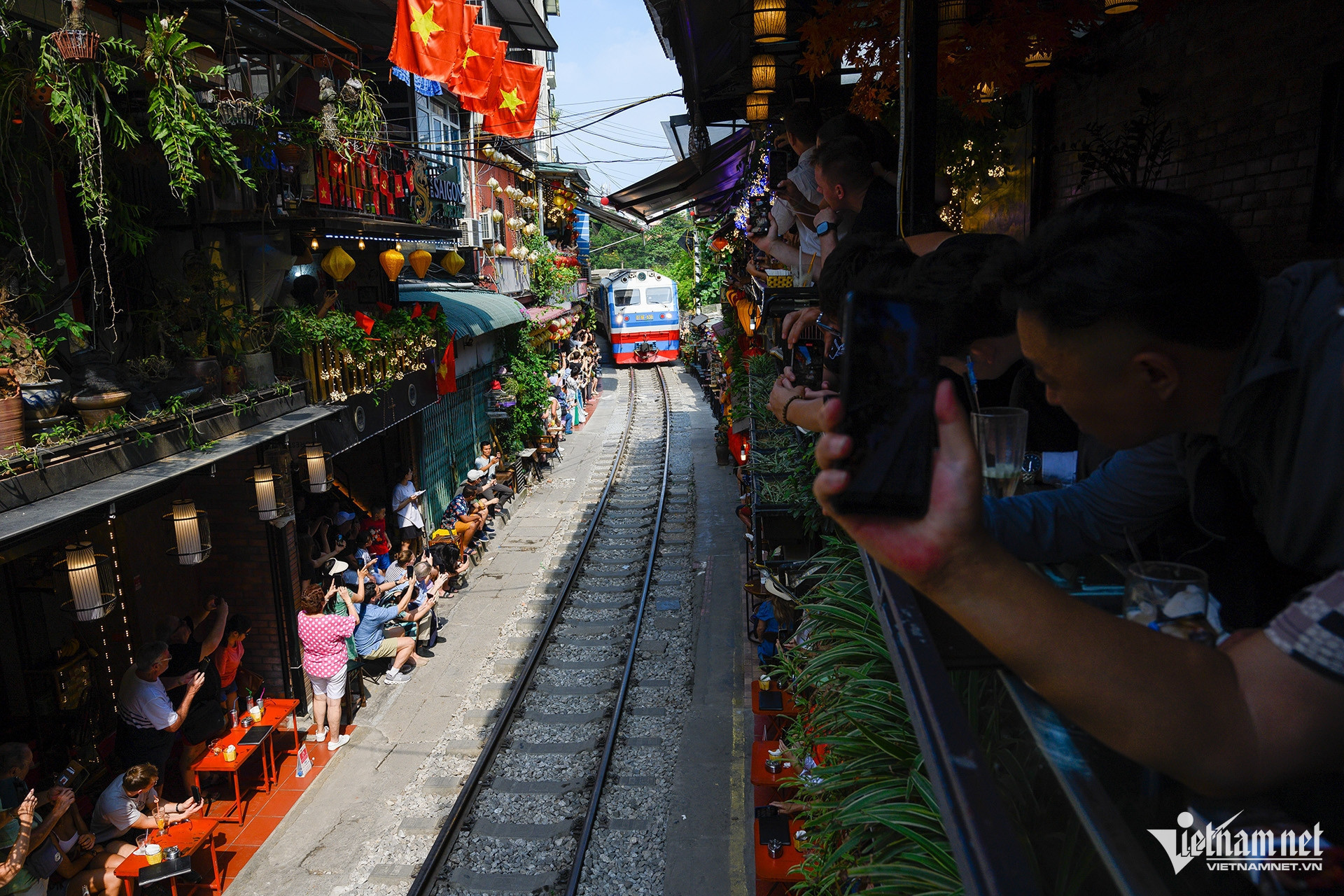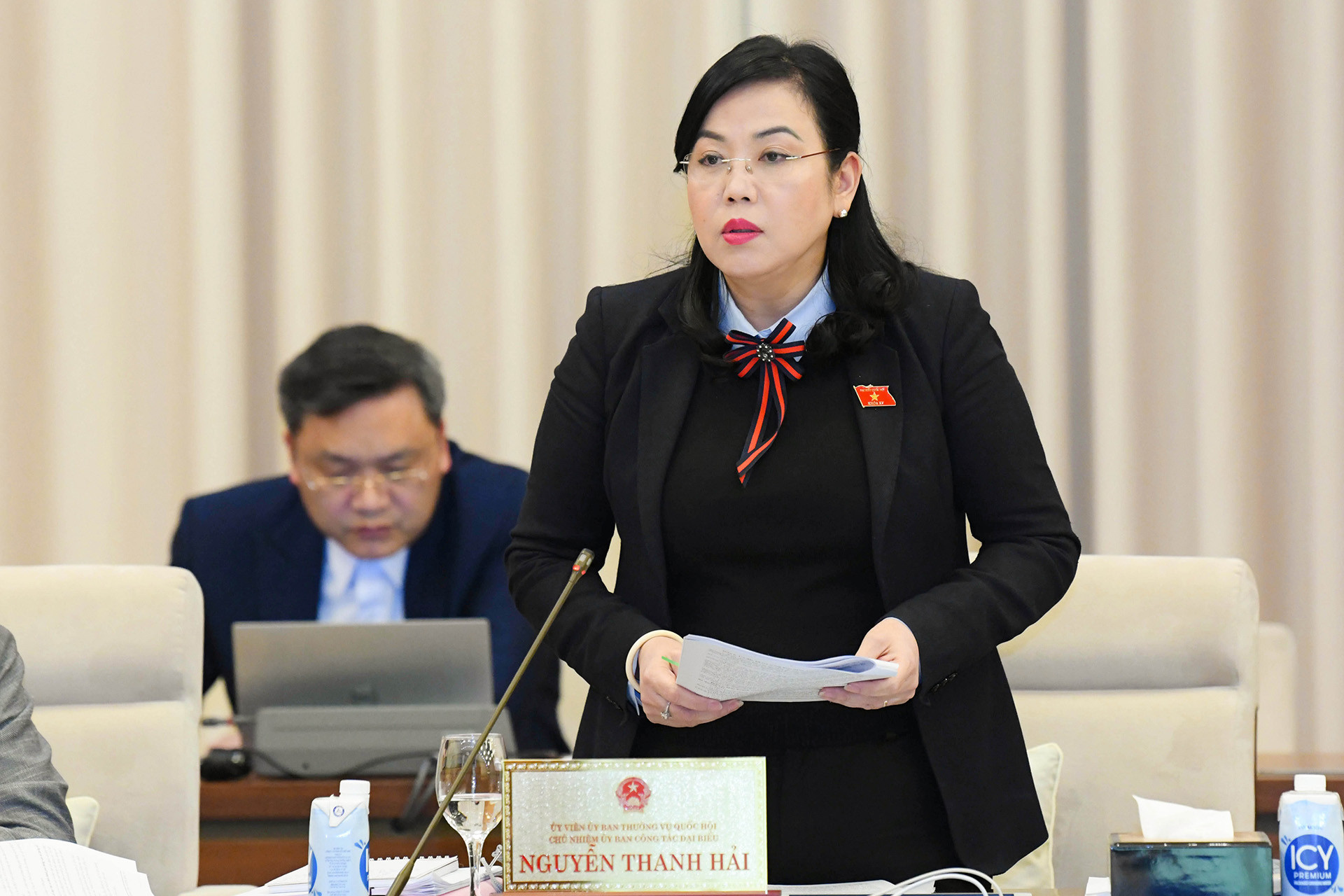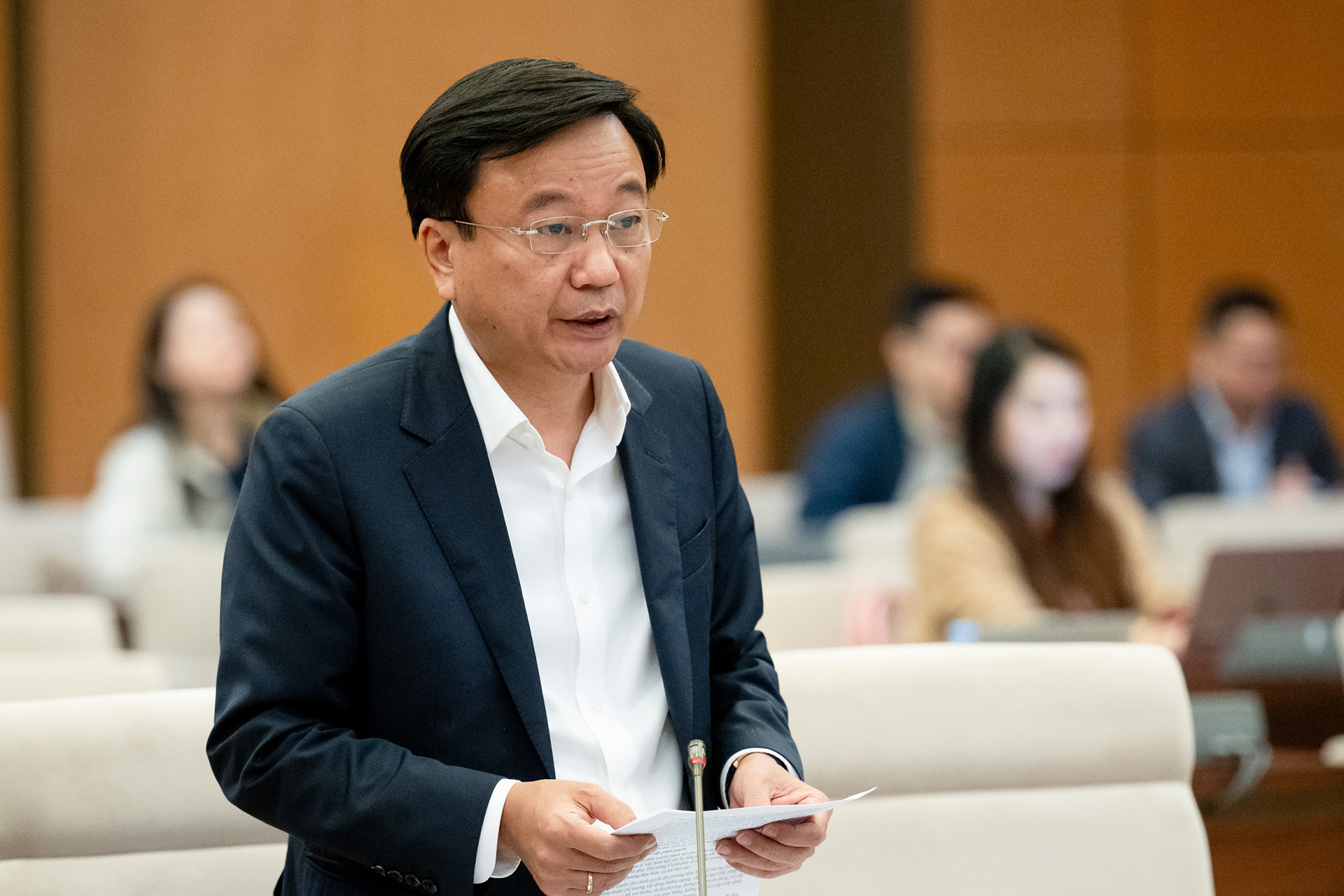Vietnamese lawmakers have acknowledged that relocating residents and businesses from Hanoi’s famous Train Street would require significant financial resources, as discussions over the revised Railway Law highlight challenges in railway infrastructure development.

On March 10, the National Assembly Standing Committee reviewed the draft amendment to the Railway Law, which aims to mobilize investment from local governments and private entities to develop Vietnam’s railway infrastructure.
The proposal includes mechanisms to encourage public-private partnerships and allow local budgets to be used for compensation, resettlement, and railway-related infrastructure projects.
During discussions, Nguyen Thanh Hai, Chairwoman of the National Assembly’s Committee on Deputy Affairs, raised concerns about enforcing railway safety regulations.
She pointed out that while the revised law prohibits encroachment on railway corridors, it does not address how to handle existing violations.
She cited Hanoi’s Train Street, a popular tourist hub where cafes and businesses operate dangerously close to railway tracks. Located just one kilometer from the National Assembly building, the street has become a thriving destination despite periodic crackdowns on illegal operations. Similarly, densely populated areas along the Giải Phóng railway corridor also pose significant challenges.
High costs of relocation

Hai emphasized that relocating residents and businesses from railway corridors would require substantial financial support. If the new law is passed, many existing homes, roads, and tourist attractions - including Hanoi’s Train Street - would be deemed illegal structures.
Lawmakers stressed that without adequate funding, enforcing a relocation policy would be unrealistic.
National Assembly Chairman Tran Thanh Man questioned why Vietnam’s railway sector has seen little progress despite the 2017 Railway Law being in effect for seven years. He suggested that limited government investment and a lack of prioritization have stunted railway development while road and aviation infrastructure receive more attention.
Vietnam’s railway network has remained largely unchanged for decades, with the Reunification Express train still operating at speeds similar to 50 years ago. As Vietnam approaches the 50th anniversary of reunification, Man highlighted the urgent need for railway modernization.
Slow progress on railway projects

Vietnam’s railway construction projects have been notoriously slow. The Cat Linh–Ha Dong elevated railway in Hanoi took over a decade to complete, while Ho Chi Minh City’s Metro Line 1 - a 20-kilometer stretch - was only recently inaugurated after years of delays.
Man questioned whether this was due to lack of vision, inadequate investment, or simply a “patchwork approach” to railway development. He called for a more focused, streamlined revision of the railway law to create real breakthroughs in the industry.
He also proposed that high-speed rail and urban railway development be given a separate chapter in the law, with specific provisions for funding, technology adoption, and workforce training.
Government efforts to boost railway investment
Deputy Minister of Construction Nguyen Danh Huy explained that the government has studied railway development models in leading countries, including China, to learn from their experiences.
According to Huy, Vietnam has mastered foundational railway technologies, including rail sleepers, cable-stayed bridges, and tunnel construction. However, the country has yet to develop expertise in key upper-level infrastructure, such as tracks and rail systems.

Several Vietnamese and international joint ventures have already formed to prepare for future railway projects, with the goal of achieving full technological independence by 2035.
Huy emphasized that government-backed procurement and investment incentives will be necessary to stimulate domestic railway manufacturing. He pointed to China’s long-term approach, where the government invested $2 billion per year in railway R&D for a decade before achieving a globally competitive industry.
To follow a similar path, Vietnam needs a clear government-backed strategy, with major railway firms receiving direct state contracts to ensure investment confidence.
While the proposed Railway Law revisions aim to unlock funding sources and clarify safety regulations, major questions remain. The fate of Hanoi’s Train Street and similar urban railway encroachments will largely depend on whether the government can mobilize sufficient financial resources for relocation.
As Vietnam looks to modernize its railway network, industry experts warn that without a clear funding roadmap, fast-tracked project approvals, and strong intergovernmental cooperation, progress will continue to lag behind regional counterparts like China, Japan, and South Korea.
Tran Thuong